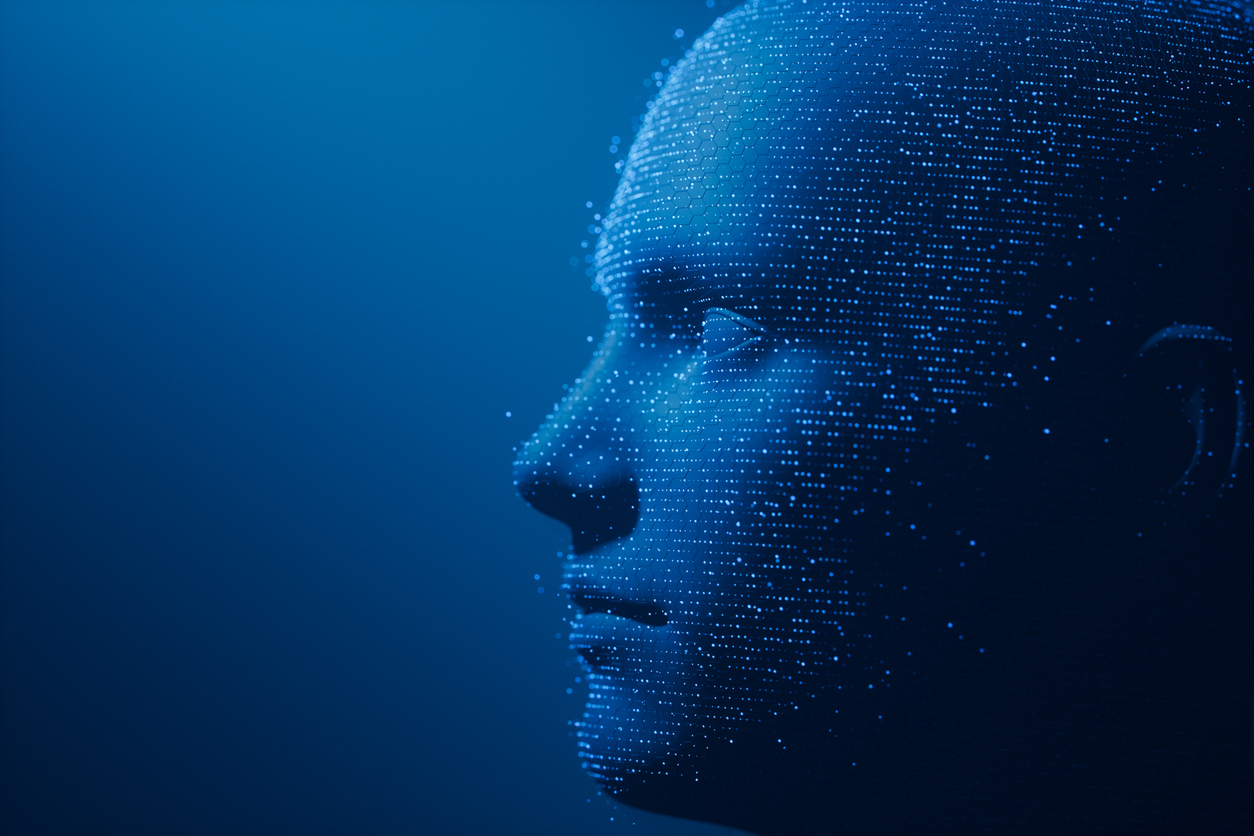The IT industry thrives on innovation. It’s a constant dance between pushing the boundaries of what’s possible and leveraging those advancements to create a more efficient, secure, and user-friendly digital world. In recent years, one technology has emerged as a true game-changer: generative AI.
This blog post delves into the world of generative AI, exploring its capabilities, its impact on various facets of the IT industry, and the exciting possibilities it holds for the future.
What is Generative AI?
Generative AI refers to a subfield of artificial intelligence focused on creating new content, data, or code. Unlike traditional AI models trained for recognition or classification, generative AI learns the underlying patterns and relationships within a dataset and utilizes that knowledge to generate entirely new, yet realistic, outputs.
The Power of Generative Models
Generative AI models come in various forms, each with its unique capabilities. Some popular types include:
- Generative Adversarial Networks (GANs): Two neural networks compete against each other, with one generating new data (e.g., images) and the other trying to distinguish real data from the generated one. This continuous competition refines both models, resulting in increasingly realistic outputs.
- Variational Autoencoders (VAEs): These models encode data into a latent space, allowing for manipulation and generation of variations within that space. This can be used to create new images, and music, or even modify existing data points.
- Transformer-based models: These powerful models excel at processing sequential data like text. They can be used for tasks like generating realistic code, writing different creative text formats, and even translating languages.
Transforming the IT Industry: Generative AI in Action
The impact of generative AI on the IT industry is multifaceted, affecting various areas and workflows. Let’s explore some of the most significant ways it’s reshaping the landscape:
- Automating Repetitive Tasks: Generative AI can automate many time-consuming and repetitive tasks that developers and other IT professionals face. This includes tasks like generating boilerplate code, writing unit tests, creating mock data for testing purposes, and even automating documentation creation. By freeing human resources from these mundane tasks, generative AI allows them to focus on more complex and creative endeavors.
- Enhancing Software Development: Generative AI can significantly improve the software development lifecycle. AI-powered code generation tools can suggest code snippets or even entire functions based on programmer intent, streamlining the development process. Additionally, generative models can be used to identify potential bugs and vulnerabilities in code before deployment, leading to more secure and reliable software.
- Revolutionizing Design and User Interfaces (UIs): Generative AI can create mockups, and prototypes, and even generate code for user interfaces based on user needs and preferences. This allows designers and developers to iterate and experiment with different UI concepts quickly and efficiently. Tools like Figma are already incorporating generative design elements.
- Boosting Data Augmentation: Training machine learning models often require vast amounts of data. Generative AI can be used to create synthetic data that mirrors real-world data distributions, addressing data scarcity issues and ensuring models are trained on robust datasets. This leads to more robust and generalizable machine learning models. You can find more information about data augmentation techniques here.
- Personalized User Experiences: Generative AI can personalize user experiences across various applications. For instance, AI-powered chatbots can tailor their responses based on user interactions, generating more natural and engaging conversations. Generative models can also be used to personalize content recommendations and user interfaces, catering to individual preferences.
Beyond the Code: Broader Applications
The impact of generative AI goes beyond the core aspects of software development. It’s influencing various areas within the IT industry:
Cybersecurity: Generative AI can be used to create synthetic training data for cybersecurity systems. These models can learn from this data to identify and respond to new and evolving cyber threats more effectively.
IT Operations: Generative AI can be used to automate tasks like network anomaly detection and incident response. It can also analyze large datasets of network logs to identify potential issues and predict outages before they occur.
IT Service Management: Generative AI can automate tasks like generating service reports and creating documentation. This can improve the efficiency of IT service desks and free up personnel to focus on resolving complex customer issues.
The Future Landscape: What Lies Ahead?
The field of generative AI is still evolving rapidly, with new advancements emerging constantly. Here are some exciting possibilities we can expect to see soon:
- Explainable AI (XAI): With advancements in XAI, users will have a greater understanding of how generative models arrive at their outputs, fostering trust and wider adoption of AI-generated content.
- Democratization of AI Development: The development of easier-to-use generative AI tools will make the technology more accessible to a wider range of developers, even those without extensive AI expertise. This will further accelerate innovation and the integration of generative AI into various IT applications.
